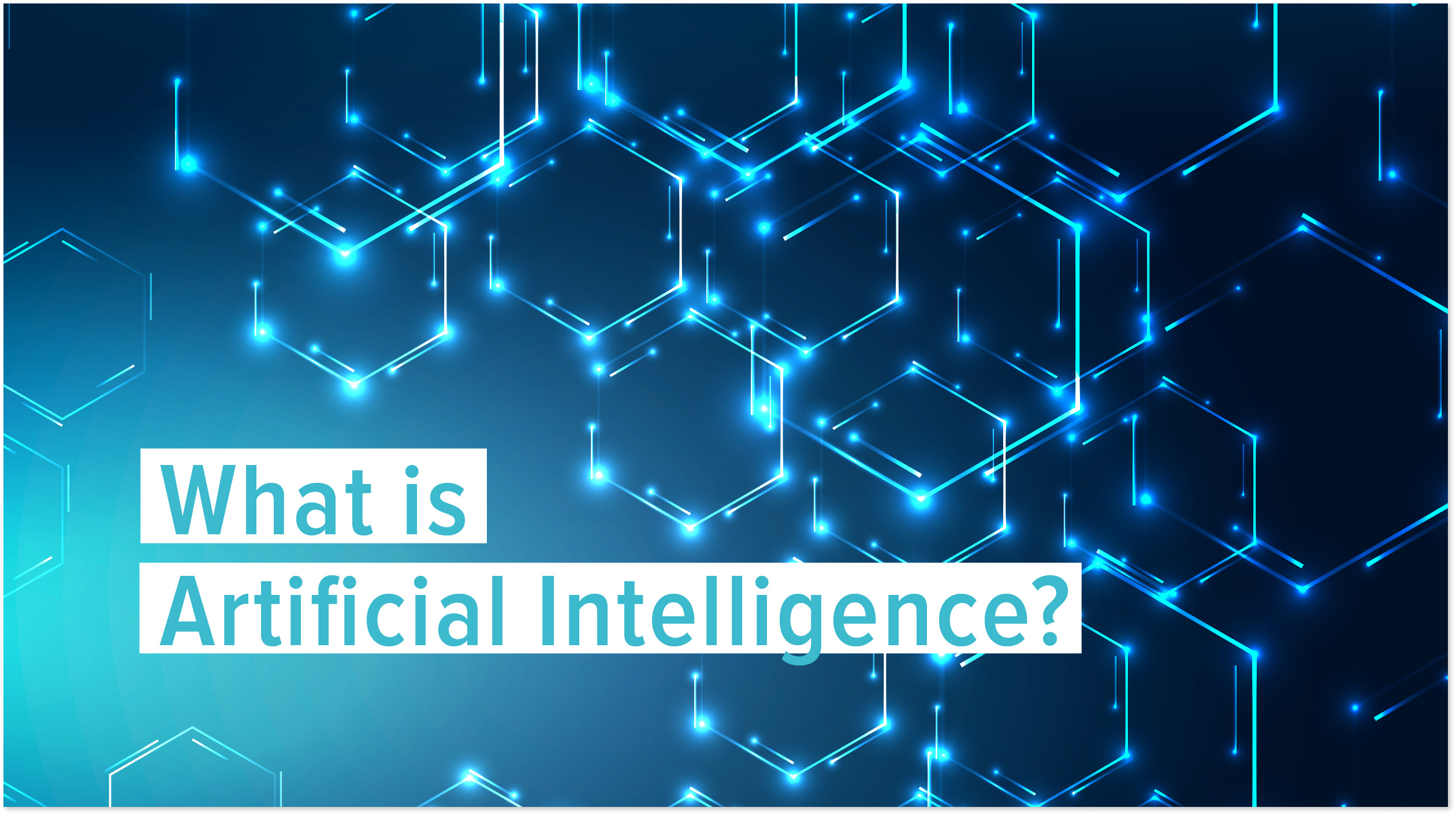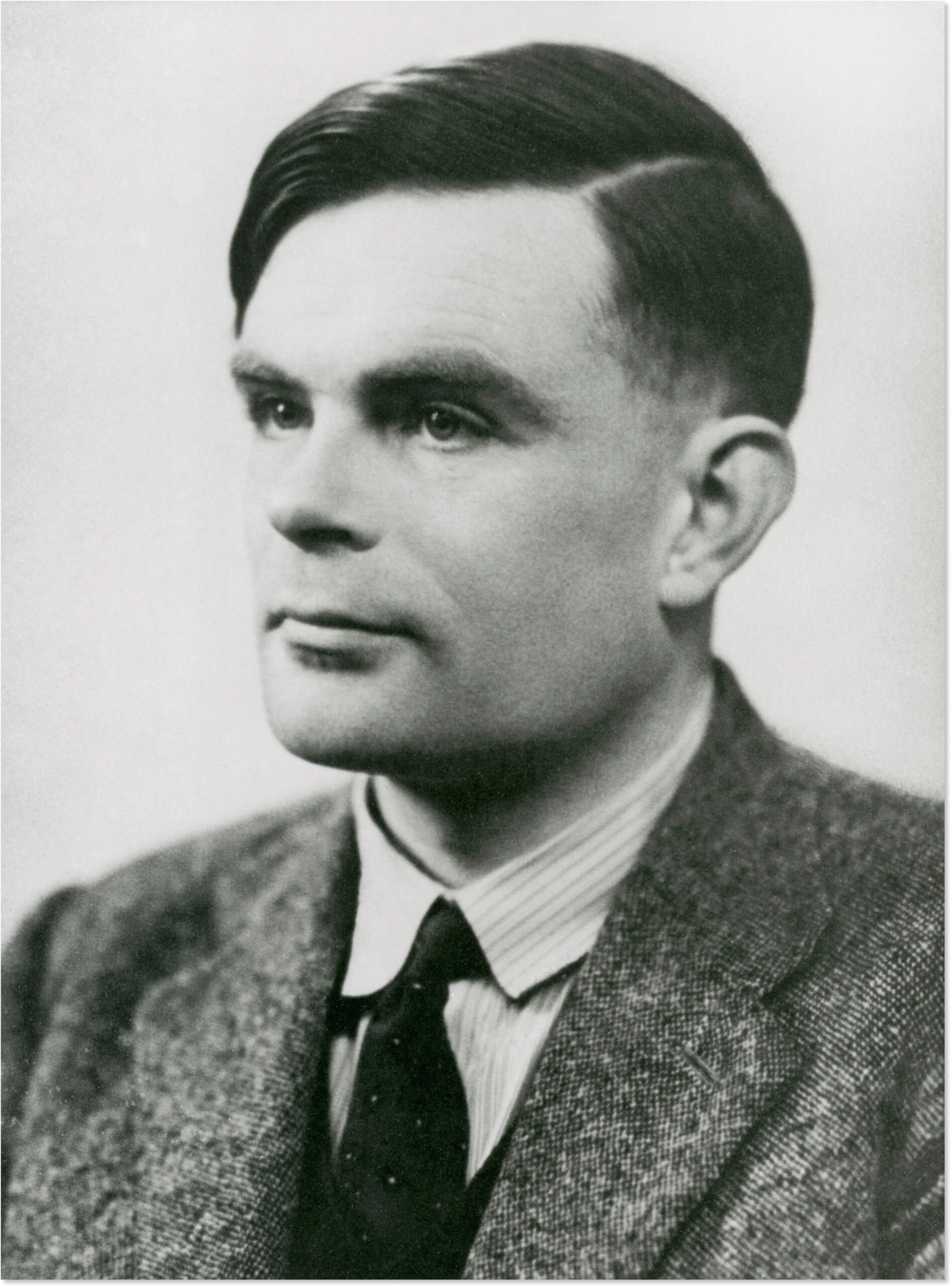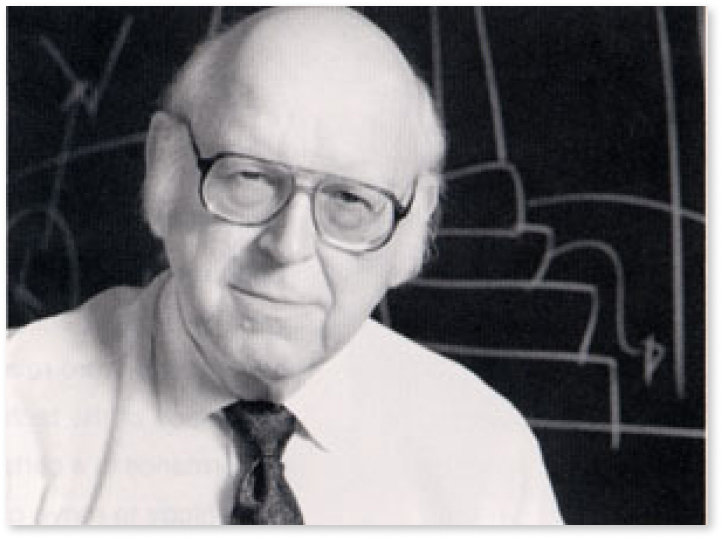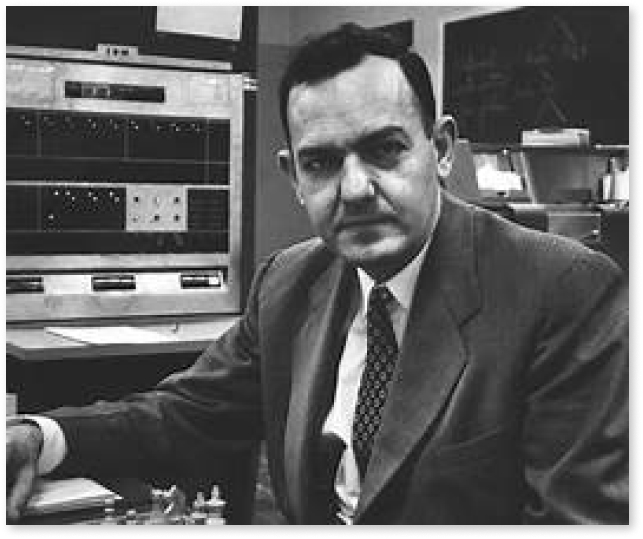Grab the intriguing tale of Artificial Intelligence’s genesis, the quest led by the visionary John McCarthy sparked a revolution in 1956. Alongside select minds, he laid the groundwork for intelligent machines, setting the stage for an audacious endeavor that spanned years.
McCarthy’s brilliance and indelible quotes on artificial intelligence shaped this trailblazing odyssey. His unwavering belief in AI’s potential became a cornerstone in the world of technology.
In this immersive journey with ChatFAI, we uncover not just history but the spirit of innovation. Join us in navigating the labyrinth of AI’s inception, where McCarthy’s legacy illuminates the path forward. In this blog, we’ll explore the roots, challenges, and triumphs, understanding how the Father of AI forged a destiny that continues to shape our technological landscape.
Come, let’s delve into the genesis of intelligence within machines, where John McCarthy’s brilliance forever resonates!
What is Artificial Intelligence?

Artificial Intelligence (AI) stands as the pinnacle of human ingenuity, breathing life into machines to mimic cognitive functions. This world of innovation, where machines simulate human intelligence, has a history steeped in visionary foresight.
Coined in 1956 during a seminal conference at Dartmouth College, the term “Artificial Intelligence” emerged from the minds of pioneers like John McCarthy, Marvin Minsky, Allen Newell, and Herbert Simon. This collective of luminaries envisaged a future where machines would learn, reason, and solve problems akin to human intellect.
Imagine a world where algorithms decipher languages, self-driving cars navigate bustling streets, and computers anticipate our needs—a world shaped by the very concept these visionaries birthed.
AI, the fusion of human-like intelligence with technological prowess, springs forth from this historic inception, transcending boundaries to redefine how we perceive and interact with technology. It’s not just a term; it’s the manifestation of a visionary dream, forever altering our reality.
Alan Turing (1912-1954)

1. Early Life and Education
Born in 1912, Alan Turing, hailed as the father of artificial intelligence, exhibited unparalleled brilliance from an early age. Educated at the University of Cambridge, Turing earned his BA and MA, showcasing exceptional talent in mathematics, logic, and computation. His insatiable curiosity led him to pursue a PhD at Princeton University, solidifying his reputation as a prodigious thinker.
2. Contributions to AI
Turing’s profound impact on AI traces back to his groundbreaking concepts and innovations. In 1936, his formulation of the Turing machine laid the theoretical groundwork for modern computing, fundamentally shaping the future of AI. This conceptual machine defined the essence of computation, serving as the bedrock for computational theory.
3. Pioneering Work
Turing’s cryptographic achievements during World War II, notably his instrumental role in breaking the Enigma code, showcased his extraordinary intellect. Post-war, he continued shaping the landscape of AI. His theoretical framework, including the “Turing test,” proposed in 1950, aimed to assess a machine’s ability to exhibit human-like intelligence, a cornerstone in AI evaluation.
4. Legacy and Impact
Turing’s legacy extends far beyond his academic prowess. His seminal paper, “The Chemical Basis of Morphogenesis,” explored biological pattern formation, influencing fields beyond computing. His unrelenting pursuit of understanding intelligence and his diverse contributions laid the groundwork for AI’s evolution, forever cementing his status as a luminary in both science and technology.
Alan Turing’s tragic death in 1954 obscured the trajectory of his future contributions, yet his ideas continue to drive AI innovation, perpetuating his legacy as the visionary Father of artificial intelligence. His alma mater, the University of Cambridge, remains a testament to his genius, nurturing future minds inspired by Turing’s pioneering spirit.
Allen Newell (1927-1992)

1. Early Life and Education
Born in 1927, Allen Newell, an iconic figure in AI, showcased an early aptitude for scientific inquiry. Educated at Stanford University, he honed his skills in physics, eventually shifting his focus to computer science.
2. Contributions to AI
Newell’s legacy in AI is unparalleled. In collaboration with Herbert Simon, he developed the Logic Theorist in 1956, marking the birth of AI programs. This groundbreaking work led to the creation of the General Problem Solver, a pivotal advancement in problem-solving AI.
3. Famous for and Expert in
Renowned for his pioneering efforts in computer science and cognitive psychology, Newell’s expertise spanned diverse domains. His seminal work in cognitive architecture shaped the field, emphasizing the significance of computational models in understanding human thought processes.
4. Accolades and Recognition
Newell’s contributions garnered prestigious honors, including the Turing Award in 1975, recognizing his exceptional impact on computer science. His profound influence in AI and cognitive science cemented his status as a luminary in the field until his passing in 1992, leaving an indelible mark on the evolution of artificial intelligence.
Herbert A. Simon (1916-2001)

1. Early Life and Education
Herbert A. Simon, born in 1916, emerged as a towering figure in the realm of artificial intelligence. His academic journey took root at the University of Chicago, where he earned his bachelor’s degree, later completing his doctoral studies at the same institution.
2. Contributions to AI
Simon’s pivotal role in AI commenced in the 1950s. Alongside Allen Newell, he crafted the groundbreaking Logic Theorist, the first AI program capable of mimicking human problem-solving skills. This innovative work laid the foundation for cognitive science and artificial intelligence, marking a turning point in technological evolution.
3. Famous for and Expert in
Renowned for his multidisciplinary approach, Simon’s expertise spanned economics, computer science, and psychology. His pioneering contributions to decision-making theory and bounded rationality reshaped various fields, emphasizing the computational aspect of human cognition.
4. Accolades and Recognition
Simon’s profound impact garnered the Nobel Prize in Economic Sciences in 1978, recognizing his groundbreaking research on economic decision-making. His indelible mark on AI, cognitive science, and economics solidifies his legacy as an intellectual luminary, shaping the trajectory of modern technology and human understanding. Herbert A. Simon’s influence continued to resonate even after his passing in 2001, leaving an enduring legacy in the annals of AI and interdisciplinary studies.
John McCarthy (1927-2011)

1. Early Life and Education
John McCarthy, often hailed as the father of AI, was born in 1927, carving his path as a visionary in computer science. Educated at Caltech and Princeton University, his academic journey laid the groundwork for his pioneering contributions.
2. Role in AI Development
McCarthy’s pivotal role in AI dates back to the mid-20th century. In 1956, he orchestrated the Dartmouth Conference, a watershed moment marking the official birth of artificial intelligence as a field of study. This event crystallized the foundational ideas that shaped the trajectory of AI research.
3. Innovations and Recognitions
Renowned for inventing Lisp and pioneering concepts like circumscription and situation calculus, McCarthy’s contributions revolutionized AI programming languages and logic-based reasoning. His groundbreaking work earned him the prestigious Turing Award in 1971, among a plethora of other accolades including the National Medal of Science and the Kyoto Prize.
4. Legacy and Contributions
McCarthy’s influence transcends his numerous awards. His profound impact on AI theory and practice laid the groundwork for modern AI systems. His visionary insights and enduring quotes on artificial intelligence continue to inspire future generations, cementing his legacy as a luminary in the realm of computer science. McCarthy’s passing in 2011 marked the end of an era, but his legacy persists in every facet of artificial intelligence.
Father of Artificial Intelligence in India

In the world of Indian Artificial Intelligence, Professor Raj Reddy stands as a pioneering figure, often hailed as the Father of artificial intelligence in India. His journey in AI traces back to the late 1960s when he embarked on groundbreaking research that reshaped the technological landscape of the country.
1. Pioneering Contributions
In 1979, Raj Reddy founded the Carnegie Mellon University (CMU) Robotics Institute, a pivotal moment that catalyzed AI research not just in the United States but also globally, influencing India’s AI landscape. His leadership and visionary insights fostered an environment conducive to AI innovation.
2. AI Milestones in India
Reddy’s influence extended beyond borders. In the 1980s, he played a pivotal role in establishing the Tata Institute of Fundamental Research’s (TIFR) Centre for Artificial Intelligence and Robotics (CAIR) in Mumbai, significantly advancing AI research in India. The collaboration between CMU and TIFR facilitated knowledge exchange and propelled India’s strides in AI.
3. Impact and Legacy
Under Reddy’s guidance, numerous Indian researchers ventured into AI, spearheading transformative projects. His initiatives and mentorship laid the foundation for India’s AI ecosystem. Today, India stands at the forefront of AI innovation, leveraging Reddy’s legacy to propel advancements in healthcare, agriculture, and technology.
Professor Raj Reddy’s indelible imprint on Indian AI, through academic institutions and pioneering initiatives, solidifies his stature as a luminary in the domain, shaping the country’s AI landscape for generations to come.
Conclusion
This blog is a guide through the expansive world of Artificial Intelligence, offering insights from the Father of AI Google to informative details found on Father of Artificial Intelligence Wikipedia. Exploring these sources unveils the rich tapestry of AI’s evolution and its impact.
John McCarthy’s wisdom resonates profoundly: “Artificial intelligence is the science and engineering of making intelligent machines.”
His timeless quotes about AI encapsulate the essence of this journey, inspiring us to unlock the vast possibilities that lie within the world of intelligent technology. Keep exploring with Social Bu; the future of AI holds endless opportunities for innovation and growth!
FAQs
Q. Why is John McCarthy the father of AI?
John McCarthy is regarded as the father of AI due to his pivotal role in coining the term “artificial intelligence” and organizing the seminal Dartmouth Conference in 1956, which marked the official birth of AI as a field of study.
Q. What was John McCarthy known for?
John McCarthy was known for his groundbreaking contributions to artificial intelligence, particularly for inventing the programming language Lisp and developing the concept of time-sharing computer systems.
Q. Who invented AI?
AI doesn’t have a single inventor. The field emerged from the collective efforts of several pioneering researchers like John McCarthy, Marvin Minsky, Allen Newell, and Herbert Simon, among others, who laid the foundations and contributed significantly to its growth.
Q. What is AI, according to John McCarthy?
According to John McCarthy, AI is “the science and engineering of making intelligent machines,” encapsulating the essence of creating systems capable of mimicking human cognitive functions.